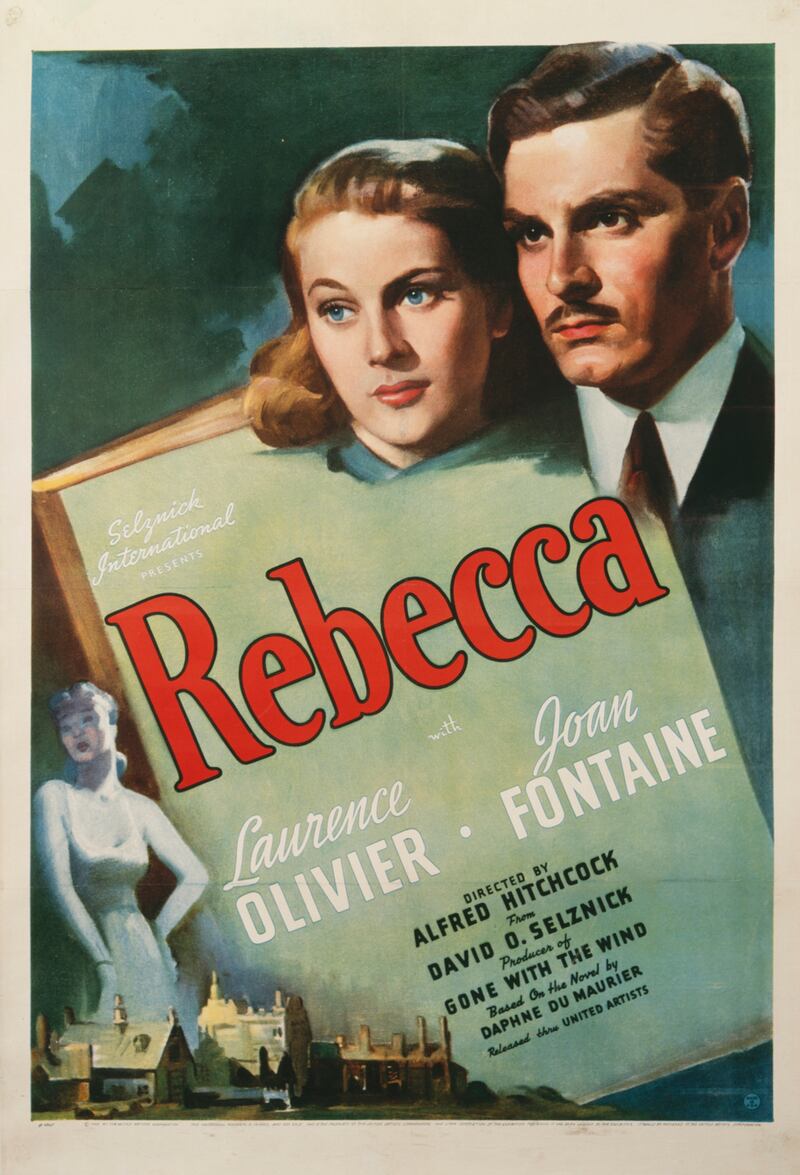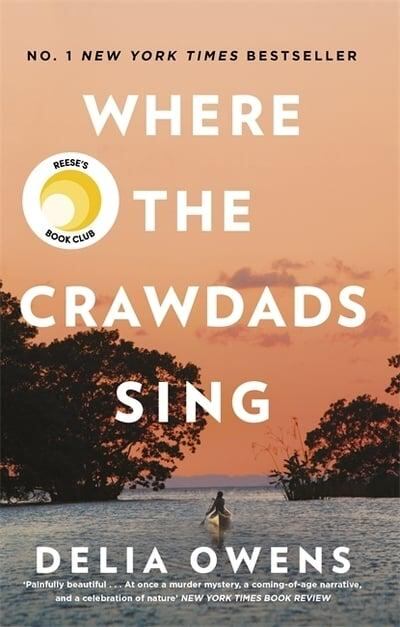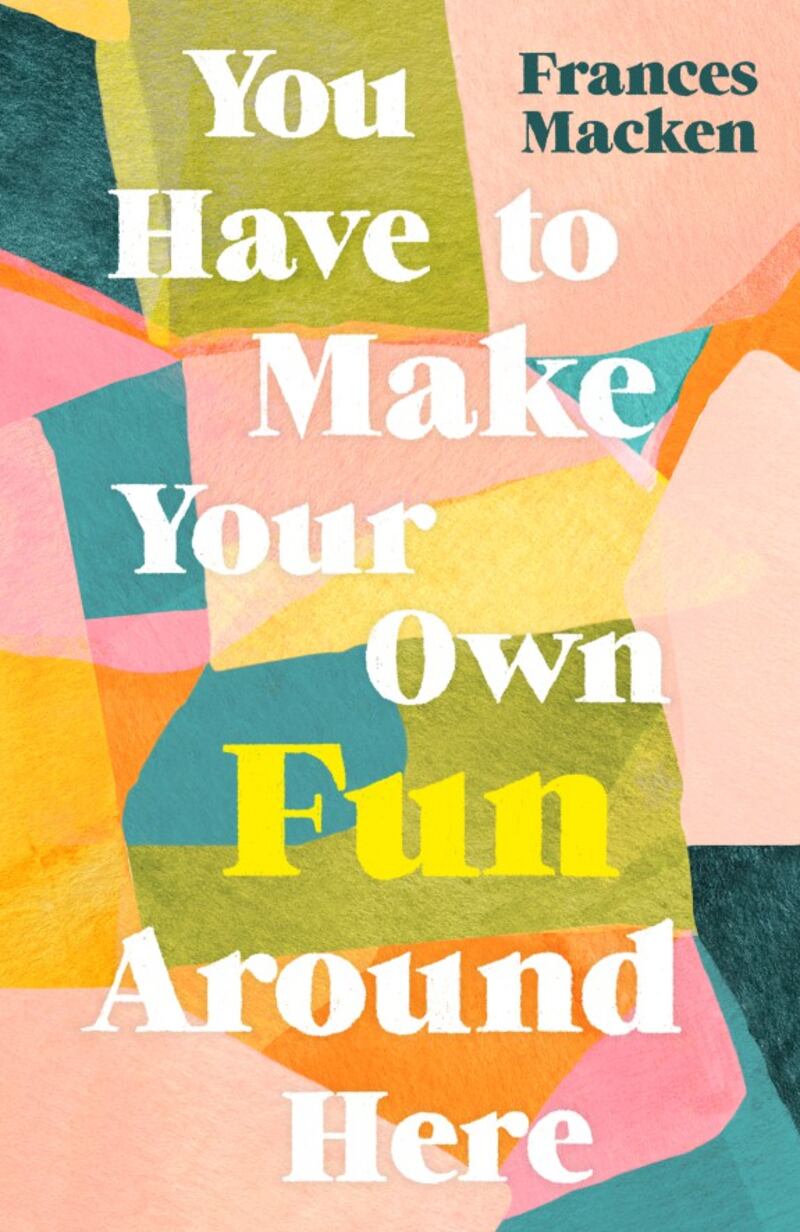I have always had a yearning to capture the visual. When I was very young, and before I owned a camera, I’d use my fingers as a frame and peer through them to see what a photograph of the scene before me would look like.
I went on to study film at third level, and when I set out to write my debut novel, You Have to Make Your Own Fun Around Here, I decided that I wanted the reader to see the story unfolding in their mind’s eye, much like a film.
I asked myself, if I was to make a film of this novel, what would it look like? Whose perspective would work best? How could I heighten the narrative’s impact through the use of pictures and visions? The film student in me was excited at the prospect of creating a visually driven story, and putting the storytelling skills I’d gained at film school to good use.
We should aim to engage all of the senses in literature but, for me, sight is of primary importance. I’ve always believed that reading fiction should be a visual experience, and the books I’ve enjoyed most projected images and scenes inside my head. I can vividly recall reading the opening paragraphs of Daphne du Maurier’s Rebecca, and the narrator’s depiction of her dream of Manderley, the mansion derelict and being consumed by nature.

“The drive was a ribbon now, a thread of its former self, with gravel surface gone, and choked with grass and moss… There was Manderley, our Manderley, secretive and silent as it had always been, the grey stone shining in the moonlight of my dream, the mullioned windows reflecting the green lawns and the terrace.”
Hitchcock had a windfall of material to choose from for his cinematic adaptation in 1940. More recently, Where The Crawdads Sing by Delia Owens impressed me as a book lending itself perfectly to the cinema of the mind, transporting the reader to the bayou with its lush lagoons and hanging drifts of foliage.

From its opening page, “Slow-moving creeks wander, carrying the orb of the sun with them to the sea, and long-legged birds lift with unexpected grace – as though not built to fly – against the roar of a thousand snow geese.” A spectacular scene that would undoubtedly invigorate movie audiences everywhere. I do hope the book makes it to the screen.
You Have to Make Your Own Fun Around Here is set in Glenbruff, an eerie townland in the west of Ireland, and began as the tale of a group of young people who explore abandoned buildings and forlorn places to pass the time. You could say that I appointed myself director, location scout, set designer and costumier, as I endeavoured to weave evocative scenery, interiors, body language, and detail about what the characters were wearing into the narrative.
There were certain aesthetics that appealed to me during the book’s creation. Where some of us love sunsets and beaches, and others prefer forests and mountains, I love a good ruin. There’s something about the pattern of a torn-out staircase against one remaining wall that just does it for me, and I couldn’t resist including an enchanted ruin – or three – into my story. A burnt-out nightclub and an abandoned cottage, a handball alley and disused quarry became just some of the settings I incorporated for their visual interest.
I was careful too to manage the pace of the storytelling, and I like to think that the novel reads at the speed of the action, much like a film. “Peadar has a flashlight with him, and we walk from room to room. The paint on the walls is chalky and leaves a residue on our hands. There’s a scalloped orange fungus attached to a stack of books, a gigantic tree root shifting the floor tiles in the kitchen, and the windows are laden with silt.”
Many of the chapters flow like scenes and I worked hard not to weigh them down with anything that felt extraneous, anything that might have disrupted the pace. The use of first person and present tense gives the telling an increased immediacy and vitality, and the reader explores and watches and observes along with the narrator, Katie, in what feels like real time.
We see the world through her eyes, and her perspective is like a film camera in a sense. We are taken deep within her friendship with her rival Evelyn, watching Evelyn’s facial expressions, her body language, her physical tics. We are up close and personal, and the frame is tight.
“The cigarette suits her, like a new hairstyle or a set of earrings. The blue smoke curls up around her face,” and “She rolls down the passenger window and rests her left hand against the outside of the car. I see her shoulders are speckled with dainty freckles from the New Mexican desert. Her turquoise feather earrings whip about in the rushing air and tendrils of her dark hair flap out behind her.”
…
It could be said that the fiction writer’s greatest weakness is the worship of words to the detriment of story, and the filmmaker’s weakness is the adoration of the visual to the detriment of story. Where potent storytelling is our highest ideal, I propose that we might write more stimulating novels through the study of screenwriting – and more satisfying films through the fundamentals of fiction writing.
Inspired by the filmmaker, the fiction writer can imbue their work with dreams, panoramas and landscapes, infusing sumptuous colour and movement. They can mine their visual reserve, their dream bank, their palace of memories. They can incorporate small moments, physical gestures and even the use of light; the filmmaker knows that things look different at different times of the day and uses this knowledge to great effect.

Where the novel can be susceptible to bloat and an excess of exposition, the screenplay more readily grounds us in place and time. Film is an expensive medium; every page of a screenplay costs money, and anything that is not essential is cut away.
A good screenplay is clean, sparse, purposeful. There is an inherent structure to the screenplay, and a natural pace. We move through scenes that function to demonstrate character, evolve storyline, and heighten atmosphere. We have a greater sense of knowing where we are in the story and feel oriented within it. There are story beats, informing the rhythm of the work, and we make progress. We trust the form and understand that it will take us to a destination of resolution.
The prone-to-verbosity fiction writer can learn from the characteristics of the screenplay, keeping their narrative lean and focused. They might choose to write in scenes, adhere to pace and write at the speed of the action. They might place greater emphasis on building the world of the story and furnishing it with delicious detail.
The film-maker’s weakness is an obsession with image; they become so enthralled by the aesthetic that the narrative is sorely neglected. All mood and no matter, it leaves the audience with little to chew on. There’s good reason that the short story is regularly adapted to film; the form is refined, condensed and compact. One recommendation might be that the film-maker test their story in short story form as a first draft before transitioning to the screenplay format.
With an appreciation for and greater understanding of the complementary disciplines of film and fiction, we can ensure that our creative works have just enough of everything, holding the right balance of colour and movement, depth and meaning.
I’ve found a creative release in sharing my imaginings through fiction, and it hasn’t cost me a cent. Film budgets ain’t cheap, but paper is. I required no crew, no costly equipment. There was no impassioned plea for funding, no permission sought. I could choose as wide and varied a cast of characters as I desired. All locations were open to me, even those that do not exist.
While the aspiration towards filmmaking hasn't gone away, I've made it work for me in this instance. I'll continue to populate my bank of images, and who knows, there may even be a film next time.
You Have to Make Your Own Fun Around Here is published by Oneworld and goes on sale in Ireland and the UK today, and in the US on June 9th.












